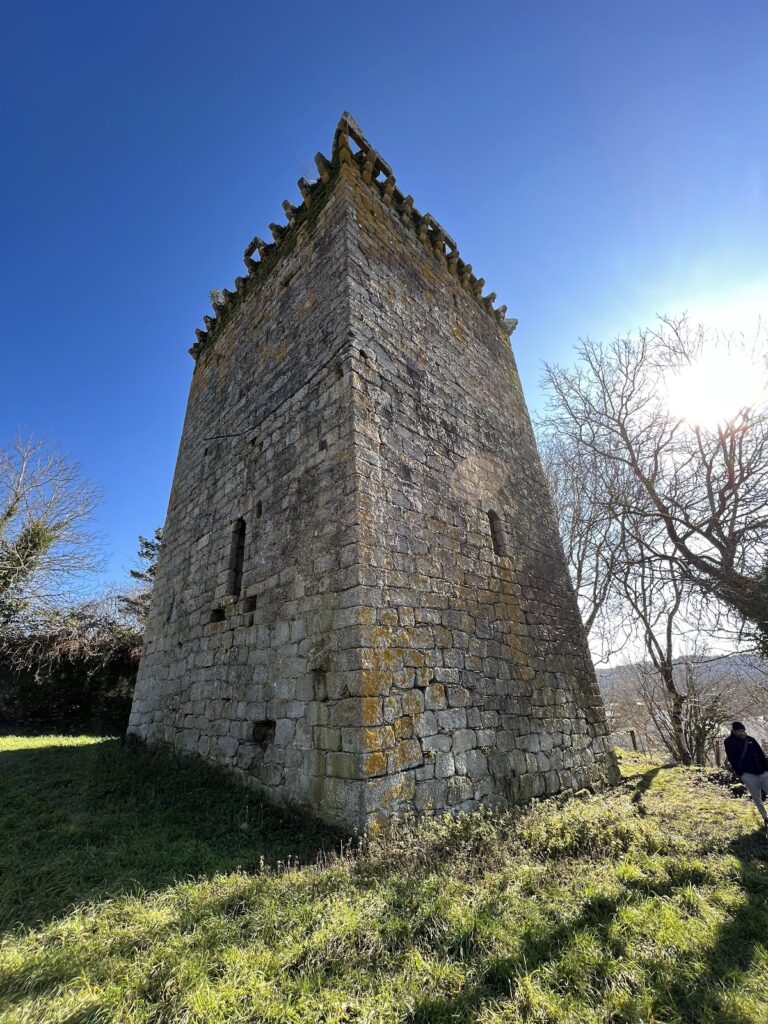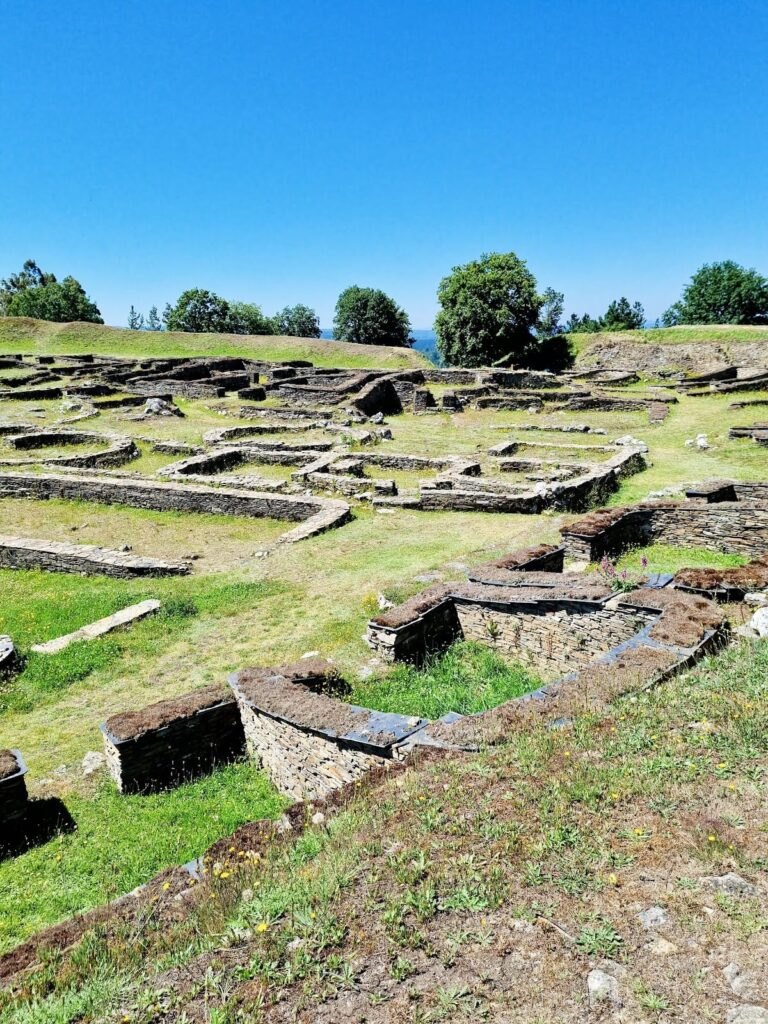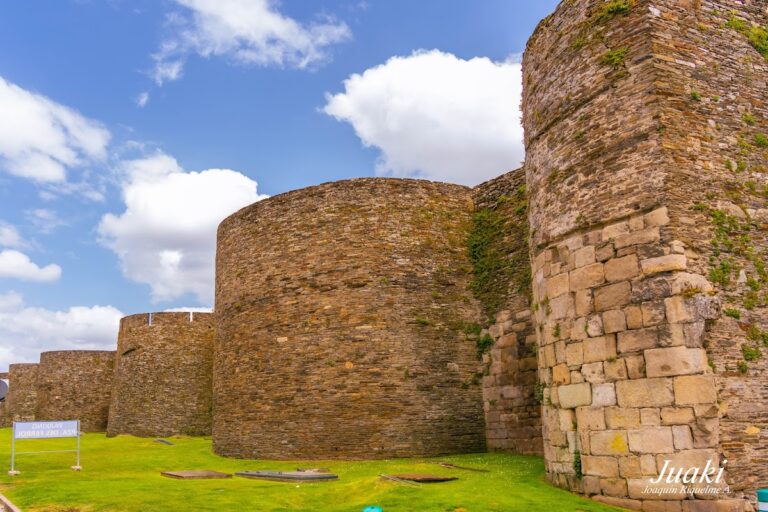Castroverde Tower: A Medieval Fortress in Spain
Visitor Information
Google Rating: 3.9
Popularity: Very Low
Google Maps: View on Google Maps
Country: Spain
Civilization: Unclassified
Remains: Military
History
The Castroverde Tower is situated in the municipality of Castroverde, in modern-day Spain. This site was originally established by the medieval Kingdom of Castile during the 14th century.
Before the construction of the castle, the location was occupied by a prehistoric castro, a type of fortified settlement commonly found in northwestern Iberia, indicating that people lived here long before the medieval period. The medieval fortress itself was developed on this ancient foundation, likely to take advantage of the elevated position and natural defenses provided by the hill.
During the late Middle Ages, the castle became a significant feudal holding. At some point, King Henry II of Castile granted the fortress and its associated lands to Álvaro Pérez Osorio, who held the noble titles Duke of Aguiar and Count of Villalobos. Later in the 15th century, Sancho Sánchez de Ulloa, Count of Monterrei, took control of the stronghold. Upon his death, ownership passed to his cousin Isabel de Castro, linking the castle to the Castro family lineage.
In the 16th century, the castle entered the hands of Lope Osorio de Moscoso, a member of the powerful House of Altamira. He acquired the castle along with the town and its surrounding territories, consolidating his family’s influence in the region. Throughout these centuries, the site served both defensive and administrative roles, reflecting shifts in political power in Galicia.
Eventually, the castle fell into ruin and is now privately owned, with only parts of the original structure remaining. Its historical value is recognized under Spanish heritage protection laws enacted in the 20th century.
Remains
The Castroverde site features a medieval fortress constructed on a hilltop overlooking the town, designed with extensive defensive structures typical of its time. The castle’s layout included thick fortified walls which were reinforced by circular towers, forming an enclosure around two important internal spaces: a courtyard of arms used for assembling troops and a courtyard of honor likely serving ceremonial purposes.
At the heart of the fortress is the keep, or tower of homage, a rectangular stone tower measuring approximately 12 by 10 meters with a height of 20 meters. It was built with granite blocks, and its walls are notably thick, around two meters, indicating a strong defensive intention. Internally, the tower originally had five floors, but the interior now stands in complete ruin.
Several carved decorative elements survive on the keep’s exterior. The north face includes an arched doorway set at the second-floor level, topped by a semicircular lintel bearing a relief that appears to depict a warrior, possibly shown playing a bagpipe, a distinctive figure that may have symbolic or cultural significance. On the western side, a window includes an arch and tympanum featuring a shield adorned with six round shapes known as roeles, which represent the heraldic emblem of the Castro family.
The southern wall contains a distinctive window combining a double arrow slit with a dual seven-sided embrasure, serving as defensive openings for archers. Above, part of the battlement remains, designed as a machicolation—a projecting parapet with openings through which defenders could drop objects on attackers—supported by stone corbels.
Beyond the central tower, an inner wall surrounded the keep, punctuated by corner towers and supervised by small guard turrets, enhancing the defensive perimeter. The castle’s design also included two moats, emphasizing its fortified character.
Today, what remains visible are the ruins of the castle walls and the tower of homage, offering insight into the medieval military architecture once dominating the landscape. Additionally, two iron shackles recovered from the site and preserved in a nearby museum attest to the castle’s historic use as a prison facility. The preservation of these elements and the site’s protection under heritage law help maintain its historic presence despite its ruined state.







